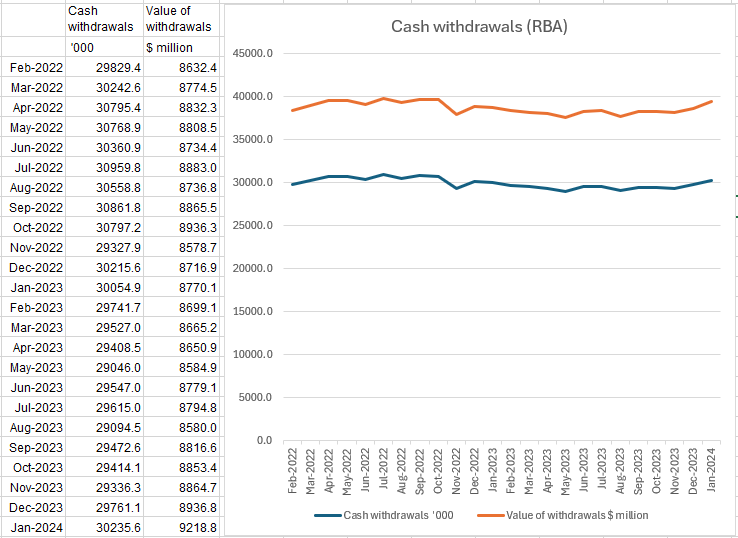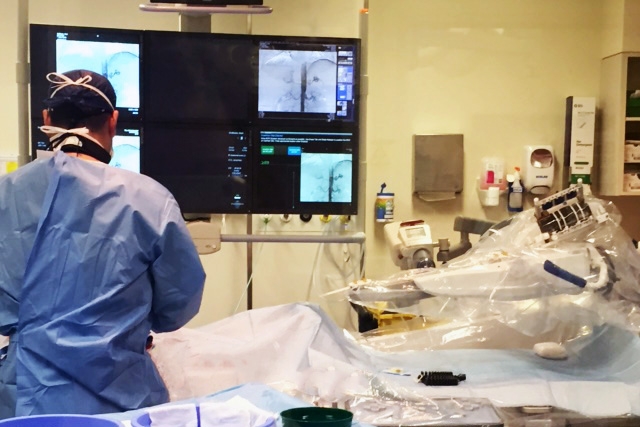New research shows that a minimally invasive endovascular procedure is more cost-effective than invasive bypass surgery for the treatment of a common condition that leads to the narrowing of arteries. The Australian-first study will be presented at the 68th Annual Scientific Meeting of the Royal Australian and New Zealand College of Radiologists (RANZCR) in Perth today.
The study results showed that the hospital-related costs of interventional radiology/endovascular procedures for the treatment of lower limb arterial disease were almost 70% less than costs associated with bypass surgery.
Interventional radiology which uses minimally invasive, image-guided procedures to diagnose and treat diseases is an alternative to surgery for approximately 15% of Australians over 65 who have peripheral arterial disease (PAD) 1.
Patients who underwent bypass surgery spent close to a week longer recovering in hospital (10.25 nights) than those treated using an endovascular approach (3.77 nights) and were more likely to require follow up treatment.
Interventional radiology patients also experience fewer infections and no significant difference, compared to bypass patients, in the need for additional treatment in the twelve months following the procedure.
PAD occurs when the vessels that supply blood to the limbs and other organs are narrowed or blocked by fatty deposits, limiting blood supply to other parts of the body1. This most commonly affects the arteries suppling blood to the legs and feet1 and increases the risk of developing more serious cardiovascular complications such as coronary heart disease and stroke2.
Interventional radiology treatment for PAD involves a ‘pinhole’ procedure called percutaneous transluminal angioplasty (PTA) which may include stenting. The procedure is able to open a blocked artery using a small tube with a ‘balloon’ which inflates to open the artery and restore normal blood flow3.
Lead researcher Dr Gerard Goh, Interventional Radiologist at The Alfred Hospital Melbourne and adjunct senior lecturer at Monash University, says that the results of the study could help Australian patients and their specialists to make more informed decisions around treatment options.
“By showcasing the benefits of this endovascular procedure as an alternative to bypass for the treatment of lower limb arterial disease, there is potential for many Australians to avoid invasive surgery. This is especially significant for older patients who have a higher risk of experiencing complications while under anaesthetic,” said Dr Goh.
Dr Goh said that the study, as the first-of-its-kind in Australia, confirms already observable benefits of minimally invasive endovascular treatment as an alternative to treatment for PAD.
“Given that up to 15% of Australians aged 65 and over have peripheral arterial disease, this study shows that we can reduce hospital-related costs and the time spent in hospital for patients. However, not all patients may be eligible for this treatment and some patients may be better suited to surgical bypass,” said Dr Goh.
The study was conducted using Australian clinical and financial data from 2013-2015 and Australian Classification of Health Intervention codes. Additional studies into future cost-effectiveness will further investigate the large difference in cost.
For more information on the The Royal Australian and New Zealand College of Radiologists 67th Annual Scientific Meeting or to review the scientific program visit http://www.ranzcr2017.com/.
References
- Australian Institute of Health and Welfare 2011, Cardiovascular disease: Australian facts 2011, Cardiovascular disease series, Chapter 8: Peripheral vascular disease, pp. 117–124. Accessed 27 September 2017, available at:https://www.aihw.gov.au/reports/heart-stroke-vascular-disease/cardiovascular-disease-australian-facts-2011/contents/table-of-contentswww.aihw.gov.au/publication-detail/ ?id=10737418510
- Health Direct 2015, Peripheral vascular disease, accessed 27 September 2017, available at: https://www.healthdirect.gov.au/peripheral-vascular-disease
- Heart Research Australia 2017, Procedures & devices: Angioplasty (balloon catheter), accessed 27 September 2017, available at:https://www.heartresearch.com.au/living-with-heart-diseases/procedures-and-devices/



































